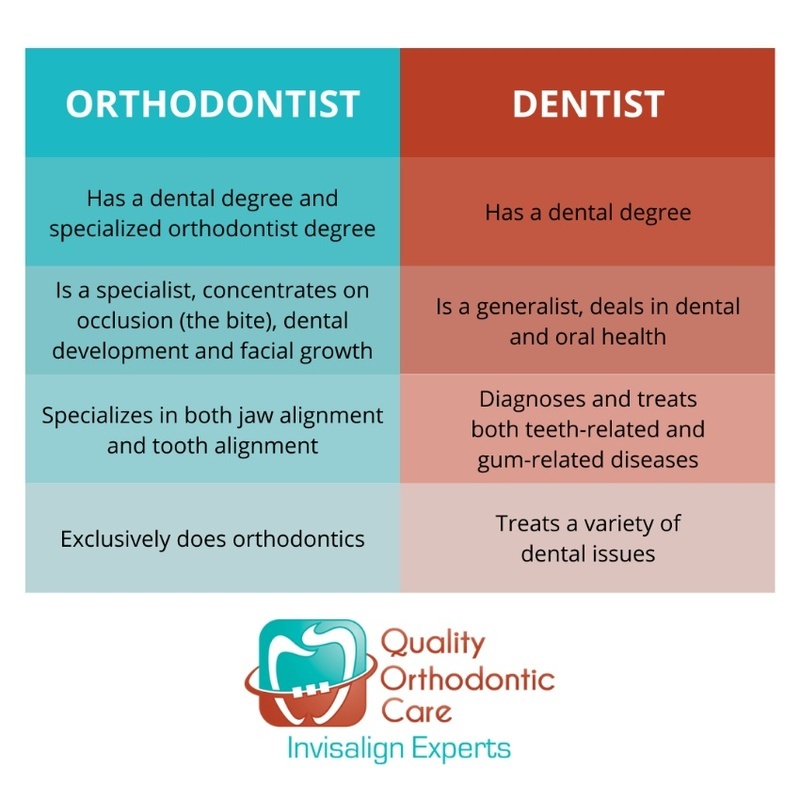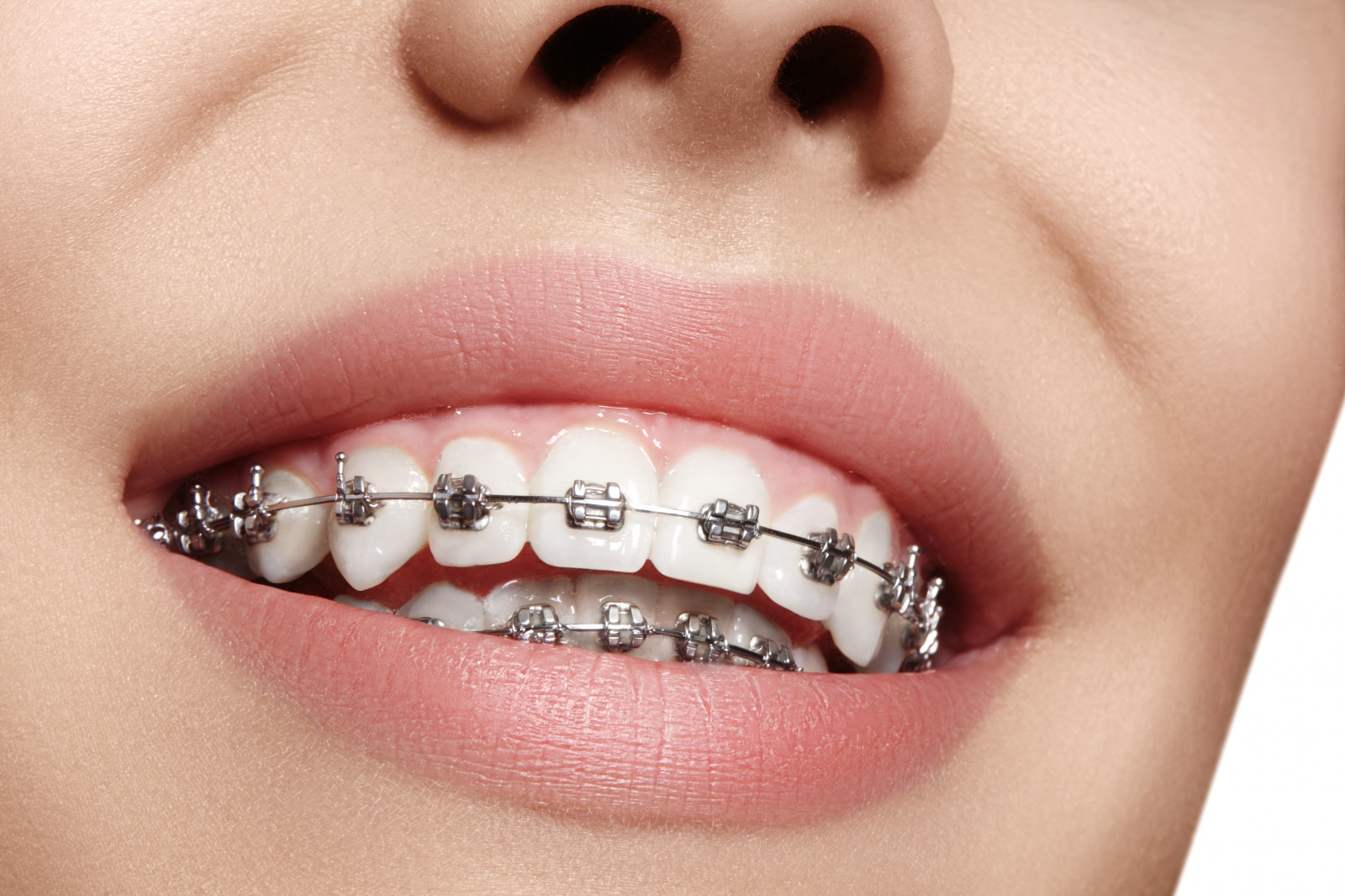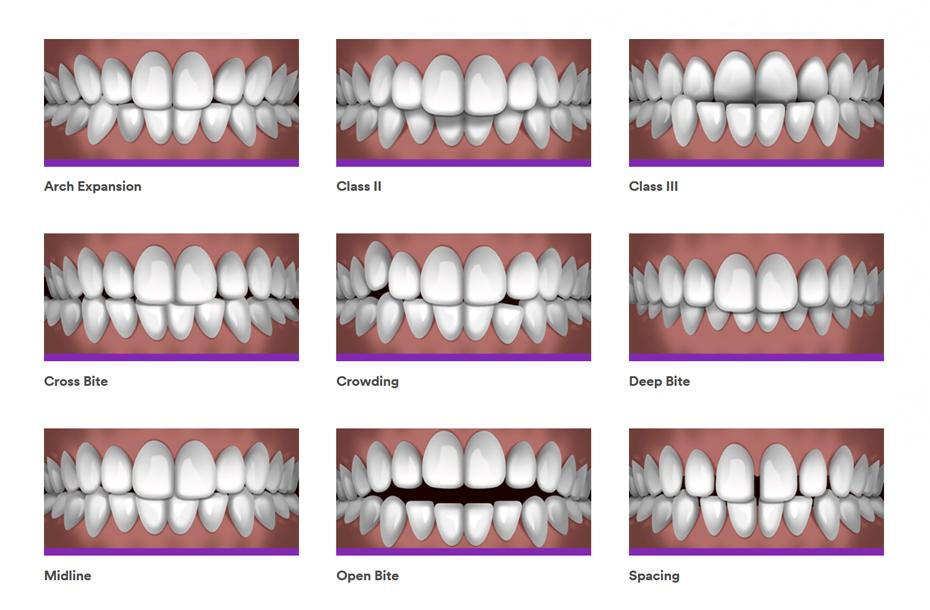Causey Orthodontics Fundamentals Explained
Wiki Article
The Definitive Guide to Causey Orthodontics
Table of ContentsEverything about Causey OrthodonticsThe Of Causey OrthodonticsNot known Incorrect Statements About Causey Orthodontics Fascination About Causey OrthodonticsThe Causey Orthodontics Statements
Disregarding occlusal connections, it was normal to remove teeth for a range of oral problems, such as malalignment or overcrowding. The concept of an undamaged dentition was not commonly appreciated in those days, making bite correlations appear pointless. In the late 1800s, the concept of occlusion was essential for developing reliable prosthetic substitute teeth.As these concepts of prosthetic occlusion advanced, it became an important device for dentistry. It remained in 1890 that the job and influence of Dr. Edwards H. Angle began to be really felt, with his contribution to contemporary orthodontics specifically noteworthy. Focused on prosthodontics, he educated in Pennsylvania and Minnesota prior to directing his interest in the direction of dental occlusion and the therapies required to maintain it as a typical problem, thus ending up being known as the "papa of modern-day orthodontics".

The concept of perfect occlusion, as postulated by Angle and incorporated right into a category system, allowed a shift in the direction of dealing with malocclusion, which is any kind of inconsistency from regular occlusion. Having a full set of teeth on both arcs was very demanded in orthodontic treatment due to the requirement for exact relationships between them.
The Ultimate Guide To Causey Orthodontics
As occlusion came to be the key top priority, facial percentages and appearances were overlooked - orthodontist near me. To accomplish ideal occlusals without utilizing exterior forces, Angle proposed that having ideal occlusion was the very best way to get optimum face aesthetic appeals. With the passing away of time, it became quite noticeable that even an outstanding occlusion was not suitable when taken into consideration from an aesthetic point of viewIt became evident that orthodontic therapy can readjust mandibular growth, leading to the development of useful jaw orthopedics in Europe and extraoral pressure measures in the United States. These days, both useful home appliances and extraoral gadgets are used around the world with the objective of modifying development patterns and types. Seeking true, or at least improved, jaw partnerships had ended up being the main purpose of therapy by the mid-20th century.
Causey Orthodontics Fundamentals Explained
 The American Journal of Orthodontics was created for this function in 1915; prior to it, there were no scientific purposes to follow, neither any specific classification system and braces that lacked attributes. Until the mid-1970s, braces were made by covering metal around each tooth. With advancements in adhesives, it came to be possible to instead bond steel braces to the teeth.
The American Journal of Orthodontics was created for this function in 1915; prior to it, there were no scientific purposes to follow, neither any specific classification system and braces that lacked attributes. Until the mid-1970s, braces were made by covering metal around each tooth. With advancements in adhesives, it came to be possible to instead bond steel braces to the teeth.Andrews offered an insightful definition of the excellent occlusion in permanent teeth. This has had significant impacts on orthodontic therapies that are provided regularly, and these are: 1. Appropriate interarchal connections 2. Appropriate crown angulation (idea) 3. Proper crown inclination (torque) 4. No turnings 5. Limited call factors 6. Apartment Contour of Spee (0.02.5 mm), and based on these concepts, he uncovered a therapy system called the straight-wire appliance system, or the pre-adjusted edgewise system.
The advantage of the design exists in its brace and archwire mix, which calls for just very little cable bending from the orthodontist or clinician (orthodontist near me). It's appropriately called hereafter attribute: the angle of the port and thickness of the brace base inevitably establish where each tooth is positioned with little need for extra manipulation
How Causey Orthodontics can Save You Time, Stress, and Money.
Both of these systems utilized the same brackets for every tooth and demanded the bending of an archwire in 3 airplanes for situating teeth in their preferred settings, with these bends dictating utmost placements. When it pertains to orthodontic appliances, they are split into 2 kinds: removable and dealt with. Removable home appliances can be handled and off by the patient as needed.
Thus, nearly all modern-day set appliances can be considered variants on this edgewise home appliance system. Early 20th-century orthodontist Edward Angle made a significant contribution to the globe of dentistry. He created 4 distinct device systems that have been used as the basis for several orthodontic treatments today, barring a couple of exceptions.
The Causey Orthodontics PDFs

The wire finished in a string, and to relocate it ahead, a flexible nut was utilized, which permitted an increase in area. By ligation, each private tooth was connected to this large archwire (Causey Orthodontics). Because of its minimal variety of motion, Angle was incapable to achieve accurate tooth placing with an E-arch
These tubes held a soldered pin, which might be rearranged at each visit in order to move them in position. Referred to as the "bone-growing home appliance", this gizmo was thought to encourage much healthier bone growth as a result of its potential for moving force straight to the roots. Implementing it proved troublesome in truth.
Report this wiki page